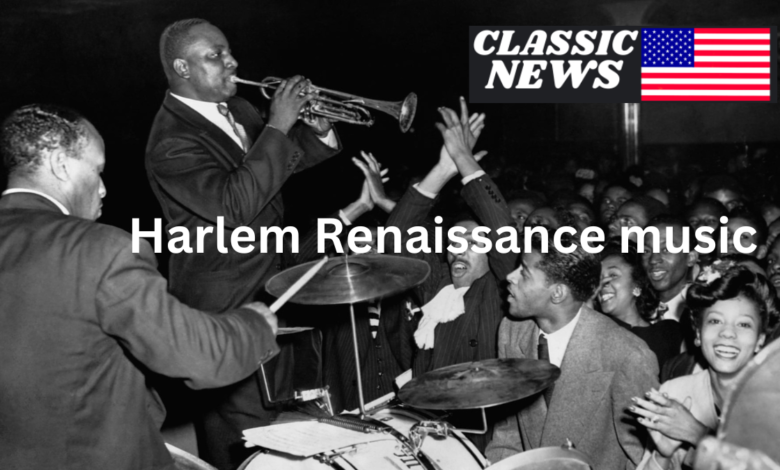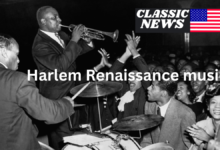The Rhythmic Revolution: Uncovering the Magic of Harlem Renaissance Music

Introduction
The harlem renaissance music was a cultural explosion that took place in the African American community in the 1920s and 1930s. During this time, Harlem became a hub for artistic innovation, and music played a central role in this revolution. Harlem Renaissance music was a unique blend of jazz, blues, and swing, characterized by its soulful melodies, improvisational spirit, and lyrical depth. In this article, we’ll delve into the history, key figures, and enduring legacy of Harlem Renaissance music.
The Roots of Harlem Renaissance Music

Harlem Renaissance music was deeply rooted in African American traditions, including blues, ragtime, and swing.
The Blues Influence
The blues, with its 12-bar structure and emotive storytelling, was a significant influence on Renaissance music. Blues legends like Bessie Smith and Ma Rainey paved the way for future generations of musicians.
Ragtime and Swing
Ragtime, with its complex rhythms and syncopated melodies, added a layer of sophistication to Renaissance music. Swing, with its strong emphasis on rhythm and solo improvisation, became a defining feature of the era’s music.
The Jazz Connection
Jazz, with its improvisational spirit and a blend of African and European influences, was the glue that held Harlem Renaissance music together. Jazz musicians like Duke Ellington and Count Basie were instrumental in shaping the sound of the era.
Key Figures of Harlem Renaissance
Several key figures played a crucial role in shaping the sound of Renaissance music.
Duke Ellington
Duke Ellington, with his innovative compositions and charismatic stage presence, was a leading figure of the Harlem Renaissance. His music, which spanned from jazz to classical, continues to inspire musicians today.
Bessie Smith
Bessie Smith, known as “The Empress of the Blues,” was a powerful vocalist who embodied the spirit of Harlem Renaissance music. Her soulful, heartfelt performances continue to influence musicians across genres.
Langston Hughes
Langston Hughes, a renowned poet and playwright, was also a key figure in Harlem music. His lyrics, which captured the essence of African American life, were set to music by many of the era’s top composers.
The Legacy of Harlem Renaissance Music
Harlem Renaissance music had a profound impact on the development of American music, paving the way for future generations of musicians.
Influence on Jazz
Harlem Renaissance music’s emphasis on improvisation and solo performance helped shape the course of jazz, influencing musicians like Charlie Parker and John Coltrane.
Impact on Blues and R&B
The blues and R&B traditions, which emerged in the 1940s and 1950s, owed a debt to Harlem music’s soulful, emotive sound.
Enduring Popularity
Harlem Renaissance music remains popular today, with its timeless melodies and lyrics continuing to inspire new generations of musicians and fans.
The Impact on Social Justice
Harlem music also played a significant role in the fight for social justice.
Protest Songs
Many musicians of the era used their music as a form of protest, speaking out against racism and inequality.
Raising Awareness
Harlem Renaissance music helped raise awareness about the experiences of African Americans, shedding light on issues like lynching and segregation.
Empowering the Community
The music of the Harlem Renaissance empowered the African American community, providing a sense of pride and identity.
Conclusion
Harlem Renaissance was a revolutionary force that transformed the American musical landscape. Its unique blend of jazz, blues, and swing, combined with its emphasis on improvisation and lyrical depth, created a sound that continues to inspire and influence musicians today. As we look back on this pivotal moment in musical history, we’re reminded of the power of art to uplift, educate, and unite us.

